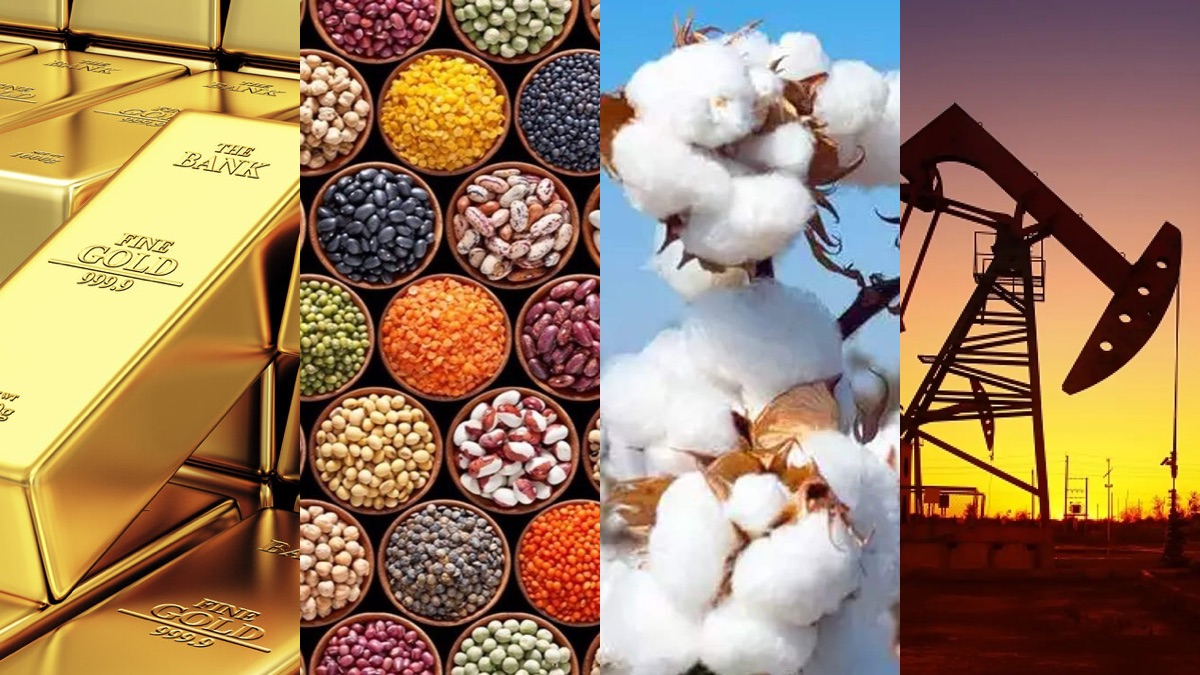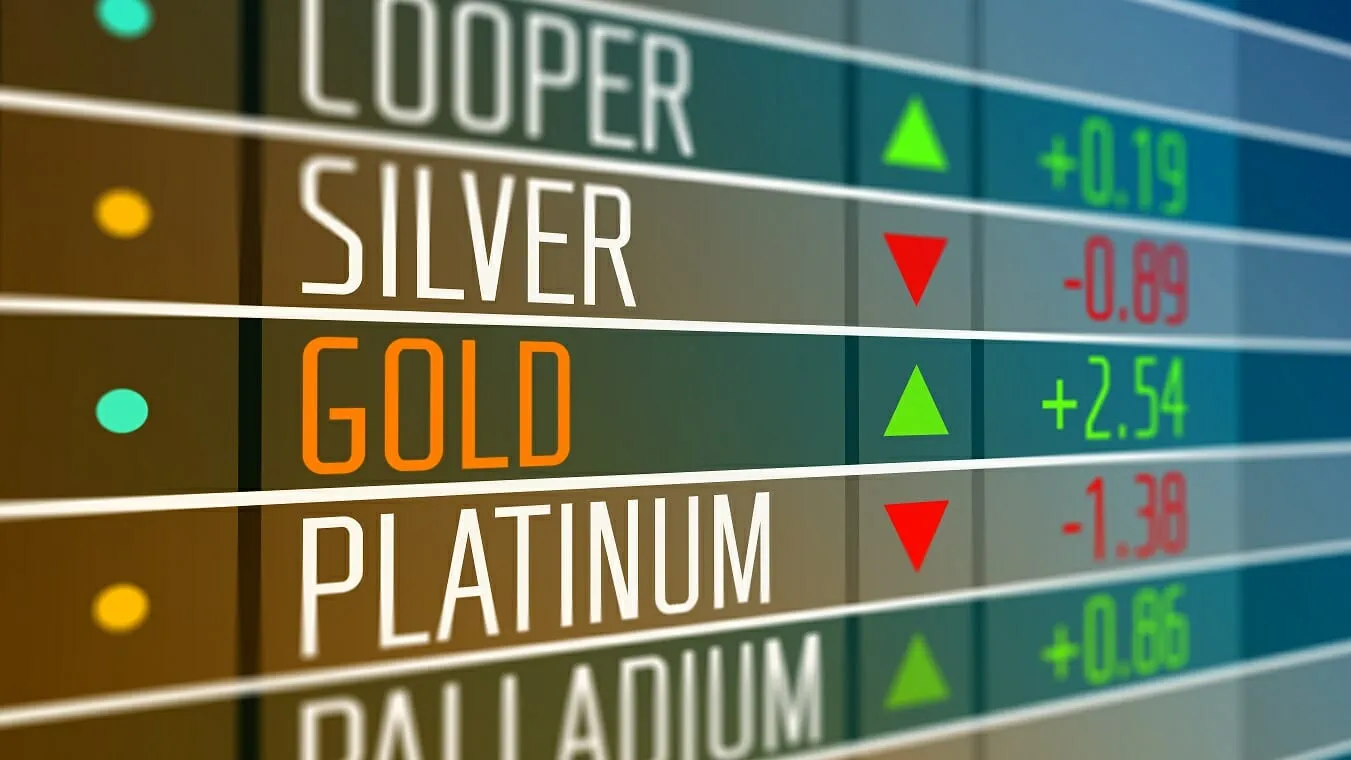Commodities play a fundamental role in the global economy, shaping prices, affecting currencies, and offering investors opportunities for both diversification and speculation. From oil to wheat, these raw materials are exchanged daily across international markets. But what are commodities exactly, and how does commodity trading function—especially in the context of forex? This guide breaks down the essentials of commodities, the categories they fall into, how they are traded, and why understanding them matters for every trader.
What is a Commodity?

A commodity is a basic good used in commerce that is interchangeable with other goods of the same type. These are usually raw materials or agricultural products, such as crude oil, gold, natural gas, corn, or coffee. Because they are standardized and fungible, commodities are traded on exchanges or via over-the-counter platforms, with pricing largely influenced by supply, demand, and global events.
When we talk about what are commodities in finance, we refer to tradable assets that are not manufactured goods but are rather extracted or harvested. Financial commodities differ from company stocks in that they do not represent ownership in a corporation but rather an interest in physical goods or derivatives based on them.
Types of Commodities
Commodities are generally categorized into two main groups: hard and soft commodities. Understanding the distinction between them is critical for traders interested in analyzing price behavior and selecting the right market segment.
- Hard Commodities: These are natural resources that are mined or extracted. Examples include crude oil, natural gas, gold, silver, and copper. Since these require intensive industrial processes to extract, their prices are often tied to geopolitical events, production capacity, and industrial demand.
- Soft Commodities: These refer to agricultural products or livestock that are grown rather than mined. Common examples are wheat, corn, soybeans, coffee, sugar, and cotton. Their prices are largely influenced by weather conditions, seasonal patterns, and global supply chains.
The soft vs hard commodities distinction also helps investors diversify based on economic cycles. While hard commodities are often linked to industrial growth, soft commodities may be less sensitive to macroeconomic downturns and can act as a hedge against inflation.
How Does Commodity Trading Work?

Commodity trading involves buying and selling these physical goods, typically through futures contracts or Contracts for Difference (CFDs), without requiring actual delivery of the goods. Traders aim to profit from price movements, speculating on whether a commodity’s price will rise or fall.
Most commodity trades take place on exchanges such as the Chicago Mercantile Exchange (CME), the Intercontinental Exchange (ICE), or the London Metal Exchange (LME). These platforms allow market participants to lock in prices for future delivery, which can serve as a hedge against volatility for producers and consumers alike.
But what are commodities trading in a broader sense? It encompasses all activities involved in this market, from institutional trading by energy companies to retail speculation via brokers and online platforms. It also includes spot trading, where physical commodities are exchanged immediately, though this is less common among individual traders.
Forex and Commodity Trading Connection
The relationship between forex and commodity trading is more intertwined than it might appear at first glance. Currencies of countries that are major commodity exporters (such as Australia, Canada, and Russia) are often heavily influenced by the prices of commodities like oil, metals, and agricultural products.
For instance, the Canadian dollar (CAD) is closely tied to crude oil prices because Canada is a major oil exporter. Similarly, the Australian dollar (AUD) often reacts to shifts in metal prices, especially iron ore and gold.
Understanding these correlations allows traders to make informed decisions across both markets. For example, if oil prices surge, it might strengthen the CAD, offering an opportunity for forex traders to adjust their positions accordingly. This interplay forms the foundation of forex commodity trading, a hybrid strategy where traders monitor both currency pairs and underlying commodity assets.
Commodity Trading on SASA Markets
If you’re exploring how to get started in commodities, Sasa Markets offers a user-friendly platform where you can trade a variety of commodity assets—from energy and metals to agriculture—without needing to own or store the physical goods.
Sasa Markets enables forex commodity trading by integrating both asset classes into one ecosystem. Users can access real-time price charts, leverage features, and risk management tools such as stop-loss and take-profit orders. Whether you’re a beginner or an experienced trader, Sasa Markets provides a seamless way to enter the commodity markets alongside your currency trades.
With Sasa Markets, you’re not just limited to forex. You can build a broader portfolio that includes gold, silver, oil, and even coffee futures—all from a single account.
Risks and Strategies in Commodity Trading
While commodities can offer high returns, they also come with significant risk. Prices are highly volatile, driven by unpredictable factors such as political instability, extreme weather, and macroeconomic changes. Therefore, it’s vital to approach the market with a clear strategy.
Some common strategies include:
- Trend Following: This involves identifying and riding the momentum of commodity price trends. For instance, if gold prices are steadily increasing due to inflation fears, a trend follower may take a long position.
- Seasonal Trading: Many agricultural commodities follow predictable seasonal patterns. Traders use historical data to anticipate supply-and-demand shifts.
- Hedging: Producers and institutional investors may use futures to hedge against adverse price movements, locking in prices to protect margins.
Risk management tools like position sizing, stop-loss orders, and diversification across commodity types are essential for reducing exposure.
Why Commodity Trading Matters For Investors
Commodities serve as a powerful hedge against inflation and currency devaluation. During times of economic uncertainty or market downturns, investors often turn to physical assets like gold, which retain value even when stocks and fiat currencies lose theirs.
Moreover, commodities provide investment diversification. Adding them to a portfolio that includes equities and bonds can reduce overall volatility, especially during global events that affect traditional markets.
Knowing what are commodities and how they behave enables investors to understand economic cycles more broadly. For instance, rising oil prices might signal supply disruptions or increased industrial demand, both of which can have ripple effects across financial markets.
Frequently Asked Questions (FAQ)
Q1: What are commodities in finance?
Commodities are standardized raw materials or agricultural products traded on global markets, often used for hedging or speculation in financial portfolios.
Q2: What is the difference between soft and hard commodities?
Hard commodities are mined (like oil or gold), while soft commodities are grown (like coffee or corn). Their pricing dynamics differ based on their sources and uses.
Q3: Can I trade commodities without owning them physically?
Yes. Most retail investors use derivatives such as CFDs or futures contracts, which allow exposure to commodity price movements without actual delivery.
Q4: How does forex commodity trading work?
This involves analyzing both currency and commodity markets simultaneously. For example, traders might use oil price trends to predict Canadian dollar movements.
Q5: Can I trade commodities on Sasa Markets?
Absolutely. Sasa Markets offers integrated access to commodities alongside forex pairs, allowing traders to manage multiple asset classes from one platform.